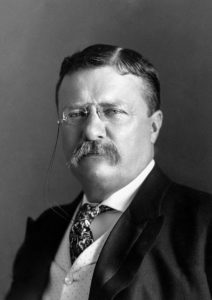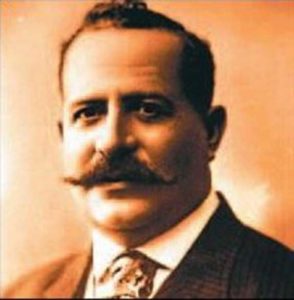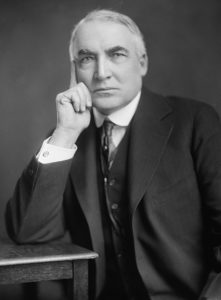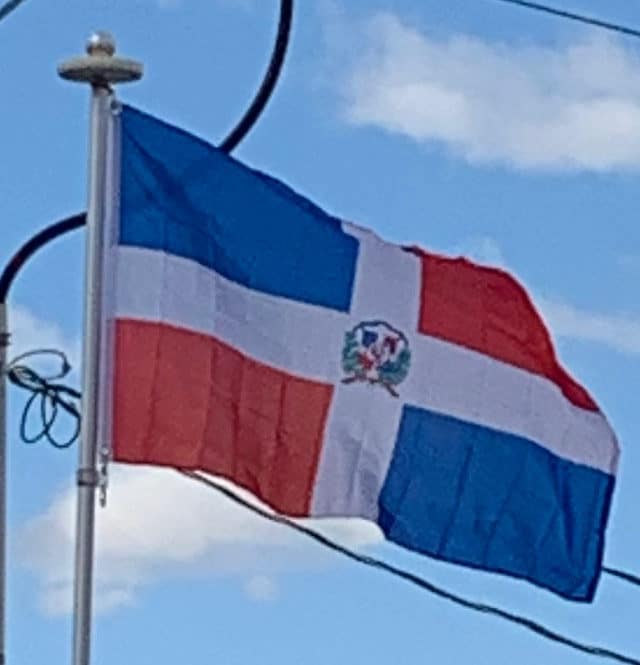United States President Theodore Roosevelt sought to prevent European intervention, largely to protect the routes to the future Panama Canal, as the canal was already under construction. He made a small military intervention to ward off European powers, to proclaim his famous Roosevelt Corollary to the Monroe Doctrine, and also to obtain his 1905 Dominican agreement for U.S. administration of Dominican customs, which was the chief source of income for the Dominican government. A 1906 agreement provided for the arrangement to last 50 years. The United States agreed to use part of the customs proceeds to reduce the immense foreign debt of the Dominican Republic and assumed responsibility for said debt.

After six years in power, President Ramón Cáceres (who had himself assassinated Heureaux) was assassinated in 1911. The result was several years of great political instability and civil war. U.S. mediation by the William Howard Taft and Woodrow Wilson administrations achieved only a short respite each time. A political deadlock in 1914 was broken after an ultimatum by Wilson telling the Dominicans to choose a president or see the U.S. impose one. A provisional president was chosen, and later the same year relatively free elections put former president (1899–1902) Juan Isidro Jimenes Pereyra back in power. To achieve a more broadly supported government, Jimenes named opposition individuals to his cabinet. But this brought no peace and, with his former Secretary of War Desiderio Arias maneuvering to depose him and despite a U.S. offer of military aid against Arias, Jimenes resigned on May 7, 1916.

Wilson thus ordered the U.S. occupation of the Dominican Republic. U.S. Marines landed on May 16, 1916, and had control of the country two months later. The military government established by the U.S., led by Vice Admiral Harry Shepard Knapp, was widely repudiated by the Dominicans, with many factions within the country leading guerrilla campaigns against U.S. forces. The occupation regime kept most Dominican laws and institutions and largely pacified the general population. The occupying government also revived the Dominican economy, reduced the nation’s debt, built a road network that at last interconnected all regions of the country, and created a professional National Guard to replace the warring partisan units.
Vigorous opposition to the occupation continued, nevertheless, and after World War I it increased in the U.S. as well. There, President Warren G. Harding (1921–23), Wilson’s successor, worked to put an end to the occupation, as he had promised to do during his campaign. The U.S. government’s rule ended in October 1922, and elections were held in March 1924.

The victor was former president (1902–03) Horacio Vásquez, who had cooperated with the U.S. He was inaugurated on July 13, and the last U.S. forces left in September. In six years, the Marines were involved in at least 467 engagements, with 950 insurgents killed or wounded in action. Vásquez gave the country six years of stable governance, in which political and civil rights were respected and the economy grew strongly, in a relatively peaceful atmosphere.
